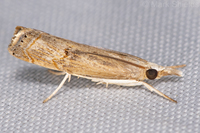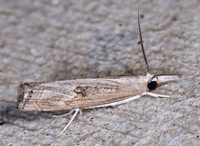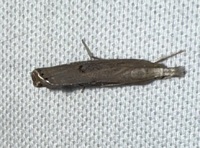
| Recorded by: Marilyn Westphal on 2025-08-30
Henderson Co.
Comment: | 
| Recorded by: Dean Furbish on 2025-08-16
Orange Co.
Comment: |
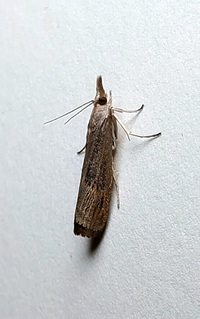
| Recorded by: Mark Basinger on 2025-08-13
Ashe Co.
Comment: | 
| Recorded by: Dean Furbish, Lior S. Carlson, Randy Emmitt on 2025-08-12
Alamance Co.
Comment: |
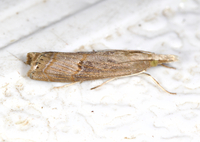
| Recorded by: Jim Petranka, Becky Elkin and Marilyn Westphal. on 2025-08-09
Henderson Co.
Comment: | 
| Recorded by: Ken Kneidel on 2025-08-08
Mecklenburg Co.
Comment: |

| Recorded by: Mark Basinger on 2025-07-28
Wilson Co.
Comment: | 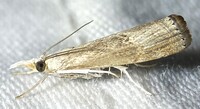
| Recorded by: Dean Furbish on 2025-07-04
Wake Co.
Comment: |
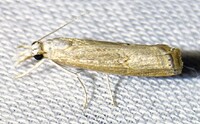
| Recorded by: Dean Furbish on 2025-07-03
Wake Co.
Comment: | 
| Recorded by: Dean Furbish on 2025-07-02
Wake Co.
Comment: |
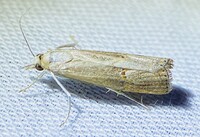
| Recorded by: Dean Furbish on 2025-06-30
Wake Co.
Comment: | 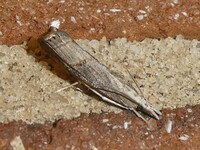
| Recorded by: Simpson Eason on 2025-06-27
Durham Co.
Comment: |

| Recorded by: Melody McMichael on 2025-06-26
Forsyth Co.
Comment: | 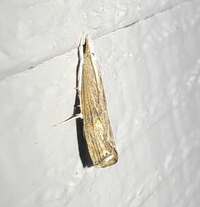
| Recorded by: Allison Garton on 2025-06-21
Moore Co.
Comment: |

| Recorded by: Mark Basinger on 2025-06-21
Wilson Co.
Comment: | 
| Recorded by: Dean Furbish, Lior S. Carlson on 2025-06-18
Alamance Co.
Comment: |

| Recorded by: B. Bockhahn on 2025-06-03
Currituck Co.
Comment: | 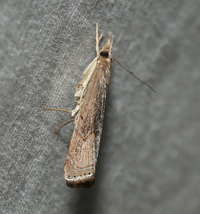
| Recorded by: David George on 2025-05-17
Durham Co.
Comment: |
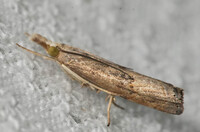
| Recorded by: Chuck Smith on 2025-05-16
Davidson Co.
Comment: | 
| Recorded by: David George, Jeff Niznik, Brian Bockhahn on 2025-05-09
Cumberland Co.
Comment: |

| Recorded by: Jim Petranka, John Petranka and Becky Elkin on 2025-05-08
Harnett Co.
Comment: | 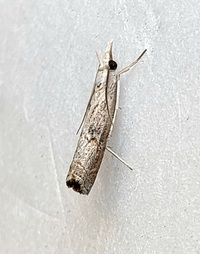
| Recorded by: Mark Basinger on 2025-05-05
Wilson Co.
Comment: |

| Recorded by: Jim Petranka on 2025-05-01
Madison Co.
Comment: | 
| Recorded by: John Petranka and Sally Gewalt on 2025-04-29
Warren Co.
Comment: |

| Recorded by: David George, Bonnie Eamick on 2025-04-25
Wake Co.
Comment: | 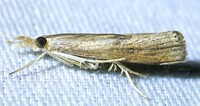
| Recorded by: Dean Furbish on 2025-04-17
Wake Co.
Comment: |
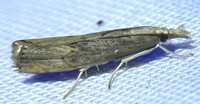
| Recorded by: Dean Furbish on 2024-09-23
Wake Co.
Comment: | 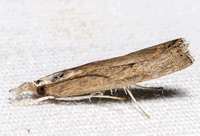
| Recorded by: John Petranka on 2024-09-14
Orange Co.
Comment: |
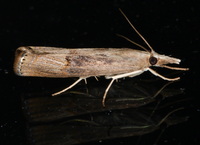
| Recorded by: Jim Petranka on 2024-09-11
Madison Co.
Comment: | 
| Recorded by: Jeff Niznik, David George on 2024-09-07
Alamance Co.
Comment: |
|

 »
»